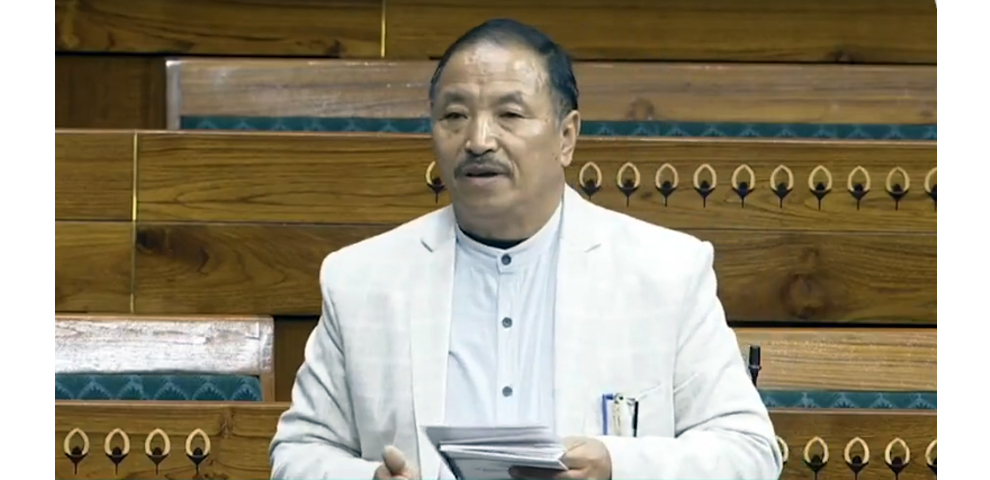As the Forum for Naga Reconciliation (FNR) commemorates its 15th anniversary of the signing of the “Covenant of Reconciliation” on June 13th, Rev Dr Wati Aier, the Convenor of FNR, on the eve of the anniversary issued a personal commentary on the ‘path of reconciliation’ and the challenges faced along the way.
Formed on March 25, 2008, by 39 Naga organizations, including the Church, in Kohima, FNR aimed to reconcile the various Naga Political Groups. Aier reminisced on the suspicion initially faced by FNR from both veteran Naga politicians and governmental bodies, emphasizing the challenges encountered in fostering trust and acceptance.
But in 2008, Aier said, three out of the four Naga political groups at that time – the NSCN (IM), NSCN (K), and the Federal Government of Nagaland/Naga National Council (FGN/NNC under retired Brigadier S Singnya and Zhopra Vero, Kedallo) – consented to a meeting. However, the meeting was not held in Nagaland because one of the groups cited “security reasons.”
“This was justifiable as the situation then was not safe,” said Aier, adding, “factional” armed encounters were common.
After nine meetings, five times outside of India numbering 28 days, and twelve times at home, the late Isak Chishi Swu, late SS Khaplang, and retired Brigadier S Singnya signed the Covenant of Reconciliation (CoR) on 13 June 2009.
“For the record, from May 2008 to June 2015, and September 2022 to the present, a total of 286 official meetings were held between the Naga Political Groups and FNR. To the FNR members, especially those of us who experienced the decades beginning from the late 1980s, the signing of the CoR signaled a new path that led us away from the painful memories of the tears, hatred, and violence of past years. The signing of the CoR contributed to gradually ending factional violence and has shown us a way forward,” Aier said.
Following this, on 26 August 2011, the “Naga Concordant” was signed. Alongside, the FNR was “authorized” by the signatories of the CoR to work on a concept note for “One Naga National Government,” implying “one tax.”
“At the height of the discussion, the Government of India invited the NSCN (IM) to Delhi for an “official talk,” eventually leading to the signing of the Framework Agreement (FA) on 3 August 2015. This development raised suspicion from the other two signatories of the CoR that the FNR had a role in the FA,” said Aier.
Then, on 30 November 2015, Aier said, “The GPRN/NSCN informed me that they ‘are going their way through others’ help.’ They were gracious enough to thank the FNR for the reconciliation work from May 2008 till this time. Before the two emissaries parted, I said, ‘Allow me to pray for you and your new initiative.’ After the prayer, the two left.”
“That led to what I term as the ‘Silent Years’—the years from November 2015 to August 2022—between the GPRN/NSCN and the FGN/NNC,” said Aier.
“During the ‘Silent Years,’ the FNR had no official communication with the NSCN (IM) or the NNPG as various actors and officials limited communications between these groups and the FNR. For the NNPG, their medium was a few selected people from civil society organizations. Therefore, the notion that the FNR gave rise to the NNPG is factually incorrect and should be ratified,” asserted Aier.
For Aier, the “silent years” ended in August 2022 when the FNR was asked to arrange a meeting between the NSCN (IM) and the NNPG. Subsequently, the NSCN (IM) and the NNPG met on 14 September 2022, at Sovima, Chumoukedima, leading to the signing of the “Joint September Accordant” that resolved to “strengthen the Covenant of Reconciliation” of 13 June 2009, and “commit to transcending group differences through cooperation.”
(Read full text here)



